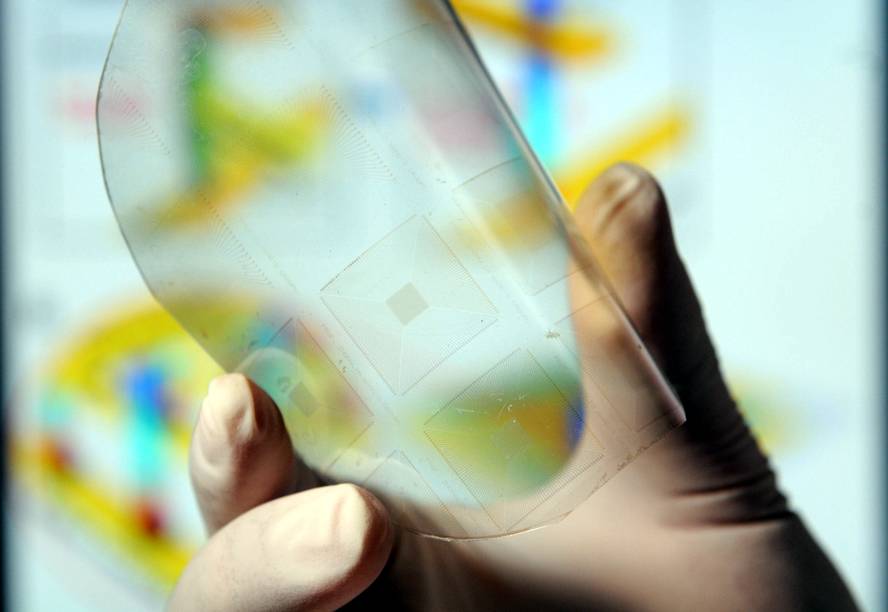System that mimics the sensitivity of the fingers
A team of physicists from the Georgia Institute of Technology of the United States has developed a material that simulates the sensitivity of human skin. The material separates the contact pressure according to the pressure it exerts at the time of contact, which is the one that modifies the electrical characteristics with great precision. The fingers of a robotic hand can adjust the necessary force when taking an object according to the artificial sensitivity of the material. The idea is not new, but it is the system. The sensitivity of the natural fingers is high, since when touched change the electrical characteristics of the skin, principle that has been habitual in robotics. The key is to discover what electrical characteristics bring great precision to the measurement of the pressure.So far the systems have not been very successful because they have been based on the resistivity of the material. Depending on the pressure the material is carrying out, the resistance to an electrical current varies, so the pressure can be adjusted by the measurement of this parameter depending on the needs. It was a good idea, but in practice it offers very little detailed results. The solution of the Georgia Institute of Technology is to create a network of piezoelectric transistors. An electric current by pressure controls the output current of each transistor. That is, the pressure in that concrete position of each transistor modulates the electric current. Physicists have manufactured a network of 8,400 transistors on artificial surface, each with 1,500 nanomalies, and with this structure they have achieved an artificial surface with 8,400 taxeles –tactile pixels-. The touch resolution is 20-50 micrometers, that is, hundreds of times the resistive system. With these media, the surface can separate the pressure of 10 kPa, which exercises the finger when pressing the keyboard of a computer. It is not as sensitive as the natural finger, but the advance is very large.






